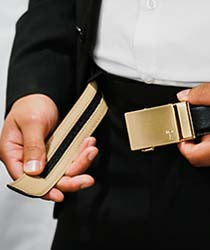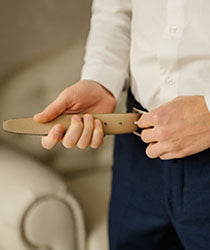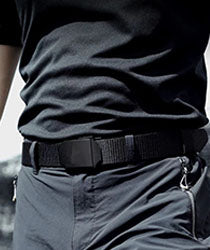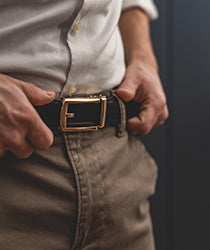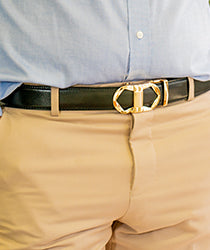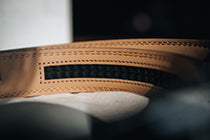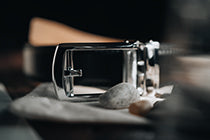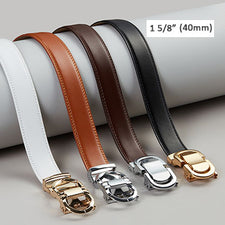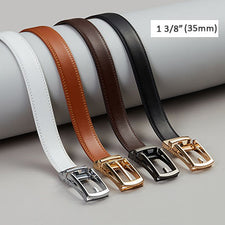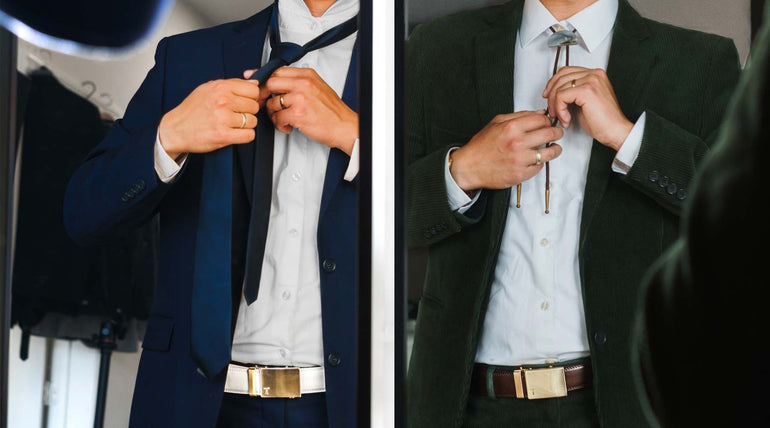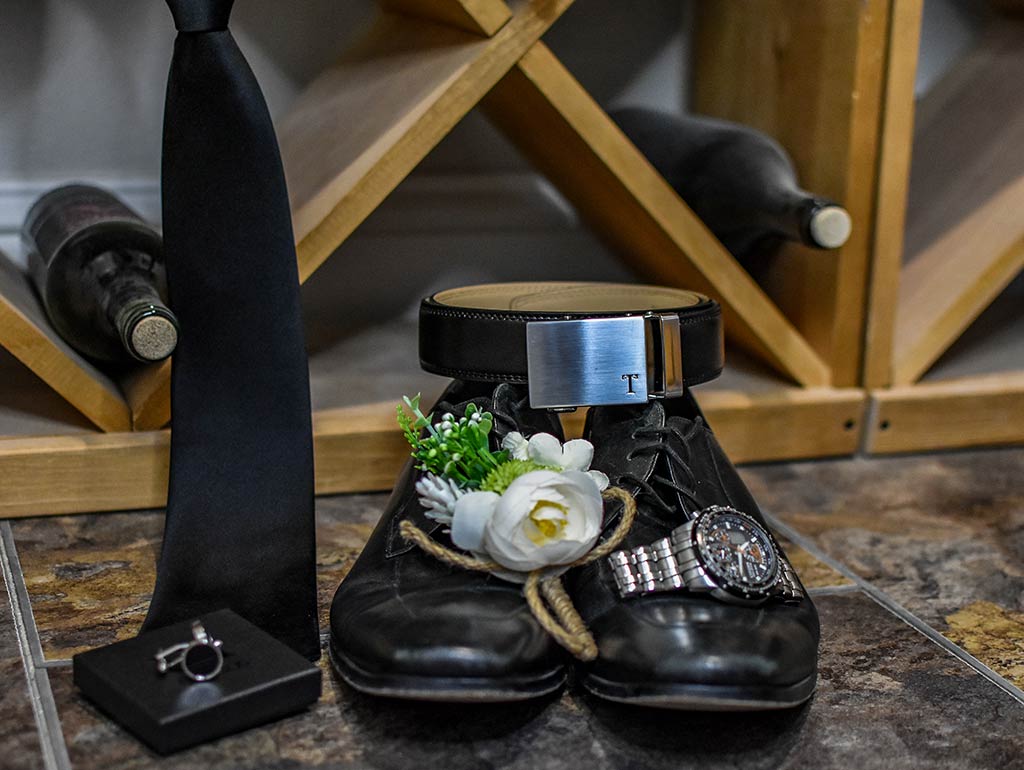The dressing of candidates also affects the interviewer's first impression of them and conveys a serious, capable, decisive, and responsible image to the other party.
The most fundamental requirement of dress for an interview finally returns to the word neat and decent. Finally, no matter what you choose to wear to the interview, please keep the following tips and attributes in mind. During the interview process, the interview attire is not only the interviewer's internal understanding of a candidate but also a selection of the external image.
Shirt
Be brave in making new attempts: Find a shirt that fits you, but make sure it sets off your appearance and reflects the lines of your body. Long-sleeved shirts with suits and belts are the best choice for the job interview.
- The best color that you can choose for wearing to a job is neutral colors, like white or light blue.
- The hem of the shirt is fortified in the waistband, and the collar button and cuffs are fastened.
- The shirt's collar and cuffs should be a bit longer than those of the suit.
- The collars and cuffs of underwear inside the shirt should not be exposed. Otherwise, the whole person will look lazy and listless.
Suit
Before choosing the interview dress, you should first understand the company you are applying for and the company's corporate culture, and the content of the job you are interviewing for. For example, some airlines will directly require business formal black suits, white shirts, and black leather shoes, while others have no specific requirements and only require dark suits.
- There are only two choices for the color of the suit: black or navy blue. These two colors are the most basic dress colors. It is not easy for you to make mistakes as an interview dress.
- Brown or bright colored suits are difficult to match. They easily appear like Hollywood stars or look like upstarts in the early 1980s. The dark grey suit can be appropriately used to show the scholar's style, but it may appear lazy. The shirt and belt are not easily matched in this color.
Tie
The color of the tie should be coordinated with the color of the suit and dress shirt, with solid color and dark color as the primary color. The length of the tie should be appropriate to reach the lower edge of the belt buckle.
When tying a tie, the first button of the shirt should be appropriately buckled; If you wear a tie clip, it is usually sandwiched between the fourth and fifth buttons.
Belt
Correctly wearing a belt can improve your overall temperament.
When wearing a suit with leather shoes, the color of the leather belt should be conservative. It is recommended to wear a black belt or an adjustable metal belt. A belt is a versatile item to enhance your temperament and charm. It is best to try on the whole set of clothes the day before the interview, make yourself used to sitting down in a suit or folding your legs, and find out what may look indecent.
Does the belt fit as you think? Will the dress pants wrinkle? The point is to feel comfortable so that you won't be distracted.
Socks
Socks are a clothing item that may often be overlooked and accessory clothing that hiring managers may not see in interviews, but the color of socks must match the color and style of your top and pants. Socks should be dark-colored.
For example, avoid black shoes with white socks. Secondly, it is best to avoid choosing socks with patterns that will appear abrupt with the primary colors of your clothes. It has become common sense that white socks should not be worn on formal occasions, black is the classic colors choice.
Dress shoes
Generally speaking, most men will choose dress shoes first for an interview outfit, because leather shoes are breathable, comfortable, and textured. Leather shoes are also versatile items that can well echo your metallic belt.
Secondly, the most basic requirement of choosing shoes is not to show toes to avoid unnecessary embarrassment. From business casual suede shoes to more traditional designs, you can consider having a try. You can also try loafers, which combine exquisite lines and movement and can match other items in your wardrobe well.
Conclusion
Job interviews are also a process of selling your abilities. In this process, you must fully grasp this interview opportunity, impress the interviewer in various ways, and let your knowledge and experience stand out among many competitors.
The job interview includes answering all kinds of professional questions and skills tests raised by the interviewer. So if you take the time and effort to prepare your interview attire, you will feel confident from the inside out and make a good impression on the interviewer.
Ready to dress sharp and command respect with the right accessory? Click here to discover Tonywell, the Professional Accessories Supplier.

